
I Love Touring Paris - The Nineteenth Arrondissement
Author: Levi ReissThe 19th arrondissement of northeastern Paris sits on the Right Bank of the Seine River. Its land area is approximately 2.6 square miles (slightly more than six and three quarters square kilometers). The population is about one hundred seventy thousand and the district is home to approximately seventy thousand jobs and two canals, the Canal Saint-Denis and the Canal de l'Ourcq. This district is fairly residential and is not visited by loads of tourists. In other words, by spending some time there you may get an idea of the real Paris; one that tends to be less expensive than the touristy arrondissements. The Parc des Buttes Chaumont built over a gypsum quarry and execution ground was designed for the famous Baron Haussmann, the guy who really redid Paris well over a century ago. It is one of the largest parks in Paris and contains many lovely features including English and Chinese gardens, a waterfall, and several cliffs and bridges. A major highlight is the Corinthian style Temple of Sybil that stands almost three hundred feet (about ninety meters) high. This park is one of the few in Paris where you are allowed to picnic on the grass. It has been called the most romantic park in Paris, one of the world's most romantic cities. What could be less romantic than a slaughterhouse? To say that Villette was a slaughterhouse is like saying the Empire State Building is a skyscraper. The original complex was built shortly after the American Civil War. It was large enough and busy enough to employ over three thousand people. But over time Villette became outdated. The new slaughterhouse, already obsolete when rebuilt in 1967, measured an astounding 900 feet long and 150 feet high (about 300 meters long and 50 meters high). Instead of tearing down the building and adding to the scandal those in power launched an international competition to design the Parc de la Villette. The Parc de la Villette is Paris's largest park. It englobes some 135 acres (55 hectares). It is the largest Parisian greenspace after the famous Pere Lachaise cemetery in the neighboring twentieth district. Of course we can't forget the huge forest parks, the Bois de Vincennes in the southeast and the Bois de Boulogne in the west both of which are huge in comparison. The "Prairies" are vast open spaces with an excellent view of the Canal de l'Ourcq that adds to its charm. The Prairie du Triangle near the park's center hosts regular free open-air movie screenings during the summer. Parc de la Villette has gardens unlike anywhere else. For example, the beautiful Jardin des Miroirs (Mirror Garden) is surrounded by 28 mirrors. The Jardin des Brouillards (Garden of the Fogs) is misty from all the rainbow-colored droplets generated by a multitude of fountains. A favorite, especially among the little ones, is the Jardin du Dragon (Dragon Garden) with a giant you know what that is about 250 feet (80 meters) long. And its tongue is a giant slide. Altogether there are ten thematic gardens linked by a winding blue path designed to look like a film strip. The bigger kids will prefer the six thousand seat Zenith concert hall which is devoted to rock music, political gatherings, and other noisy events. The Grand Hall of Villette has now been transformed into a cultural center and performance hall. Its showpiece is the Cite des Sciences et de l'Industrie (City of Science and Industry), the biggest science museum in Europe. It's also the most expensive costing an estimated $642 million back in 1986. This masterwork attracts five million visitors a year. This museum was specifically designed to be hands on, educational, and fun. There is a planetarium, an IMAX theater, and a lot more. The Cite des Enfants (Kiddies Corner) has exhibitions specially designed for 3 to 12 year olds. For a change of pace visit the Cite de la Musique that's more of a concert hall than a museum. It includes the French national collection of musical instruments that you can hear in action. If you really want to get into the swing of things the world-famous Conservatoire national superieur de musique et de danse de Paris (Music and Dance Conservatory) has been relocated and faces Parc Villette. Conservatory tuition fees are quite modest and student meals are subsidized. However, there is the minor matter of a performance-based entrance exam. Of course you don't want to be in Paris without sampling fine French wine and food. Here is a sample menu: Start with Rillions (Big chunks of Pork cooked in Pork Fat). For your second course savor Becasse fouree au Foie Gras (Woodcock stuffed with Foie Gras). And as dessert indulge yourself with Tarte Tatin (Upside down Apple Tart). Your Parisian sommelier (wine steward) will gladly suggest appropriate wines to accompany each course. By the way, in part because of its proximity, Parisians tend to drink a lot of wine from the Loire Valley.
About the Author:

Levi Reiss authored ten computer and Internet books, but would rather drink fine French, German, or other wine, accompanied by the right foods. He loves teaching computer classes at an Ontario French-language community college. Visit his Italian travel, wine, and food website www.travelitalytravel.com and his global wine website www.theworldwidewine.com featuring a weekly review of $10 wines.
Article Source: http://www.articlesbase.com/travel-articles/i-love-touring-paris-the-nineteenth-arrondissement-788124.html


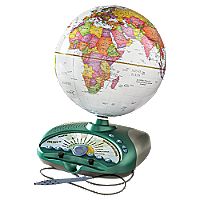



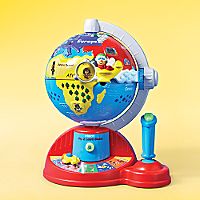
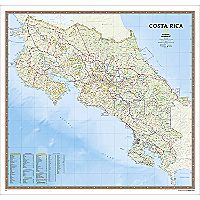
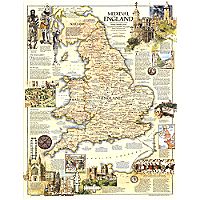
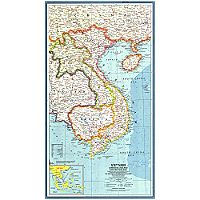
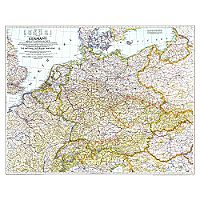
No comments:
Post a Comment